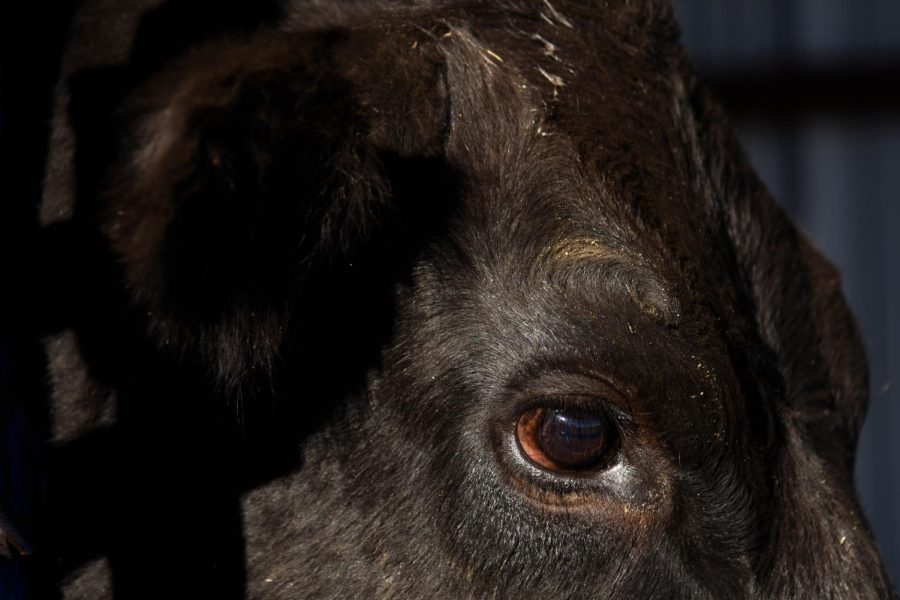A UT professor traces origins of cattle ranching back to Spanish colonial slave trade
August 29, 2021
A UT professor created a theory highlighting the exact home of Bevo’s ancestors. He traced the similarities between where cattle originated to the area in Texas the animals ended up, as part of his research into landscapes, histories and agricultural technologies in arid lands.
While researchers knew Spanish colonizers imported cattle ranching from Spain to North America, they did not know the specific region of Spain that cattle ranchers came from. Geography professor William Doolittle’s theory shows cattle ranching originated in the Iberian Peninsula, specifically, the Guadalquivir Marshes in southern Spain.
The ranchers then transported the cattle to Mexico.
Doolittle said about a third of the Spanish settlers that followed Spanish colonizer Hernan Cortés to the Pánuco region, an area in Mexico defined by the Pánuco River, came from the delta of the Guadalquivir River in Spain.
“(The Guadalquivir River) is strikingly similar to the Pánuco region,” Doolittle said. “My contribution is that cattle not only came from northeastern Mexico into Texas, but they came from a very specific part of Spain (first).”
The group of Spanish colonizers in 1527 requested cattle and horses from the governor of Panuco, Nuño de Guzmán, and together, they created a plan to trade enslaved Indigenous people from the Pánuco region for cattle and horses from the Antillean islands in the Caribbean.
“There’s plenty of historical documentation in various archives, and even published in secondary sources before I started looking into it and took those pieces of information and put them all together,” Doolittle said.
Guzmán remains known for his cruelty toward the Indigenous people, said anthropology professor Martha Menchaca. In 1526, King Charles V issued a proclamation that prohibited the enslavement of the Indigenous population, which allowed the bishop of Mexico City to arrest Guzmán in 1537 for violating the law with his treatment of Indigenous people, Menchaca said.
“Guzmán was considered to be breaking the law, and Bishop Zumárraga wanted to get rid of him because he feels like his position about Indigenous people is terrible,” Menchaca said.
The herd of cattle received from trading enslaved Indigenous people grew from 100 in 1530 to 200,000 by 1622. During that time period, Spanish colonizer Luis de Carvajal rounded up the immense cattle population and drove them north to the area that is now Monterrey, Doolittle said.
“When Carvajal came in to colonize northeastern Mexico he needed cattle for his colony,” Doolittle said. “From there, they kept multiplying and they kept spreading and they spread into Texas.”
Doolittle said over time cattle slowly spread north into what is currently the San Antonio River Valley.
“(The San Antonio River Valley) was the heartland of cattle ranching,” Doolittle said. “Then when the missionaries came into Texas they started herding, settlers came in, they started herding cattle and started the ranching industry.”
Soon, cattle ranching would become a staple of the Texas economy and a symbol of the South. Doolittle’s work sheds light on the cruel inhuman practices in cattle ranching’s origins.












